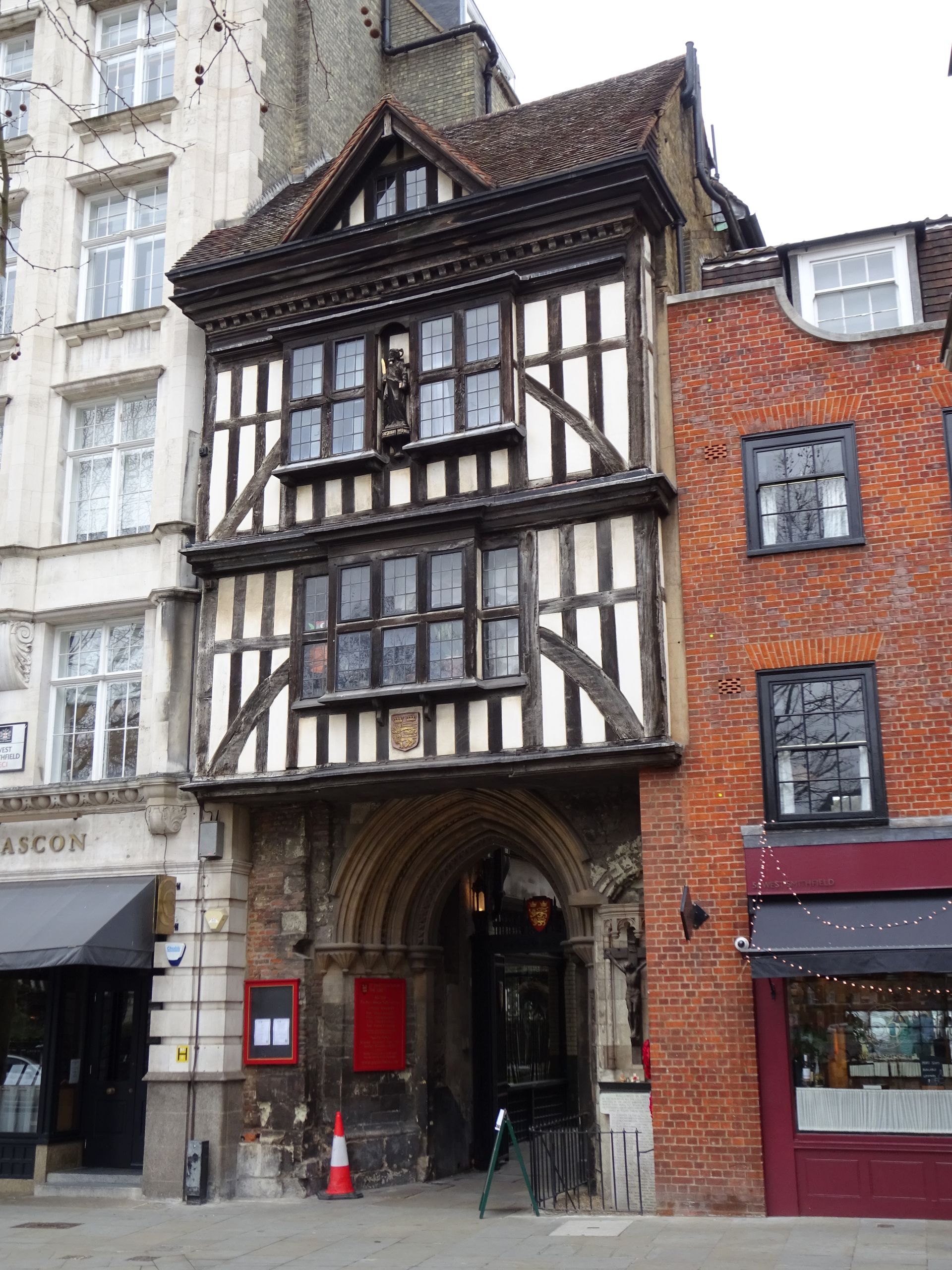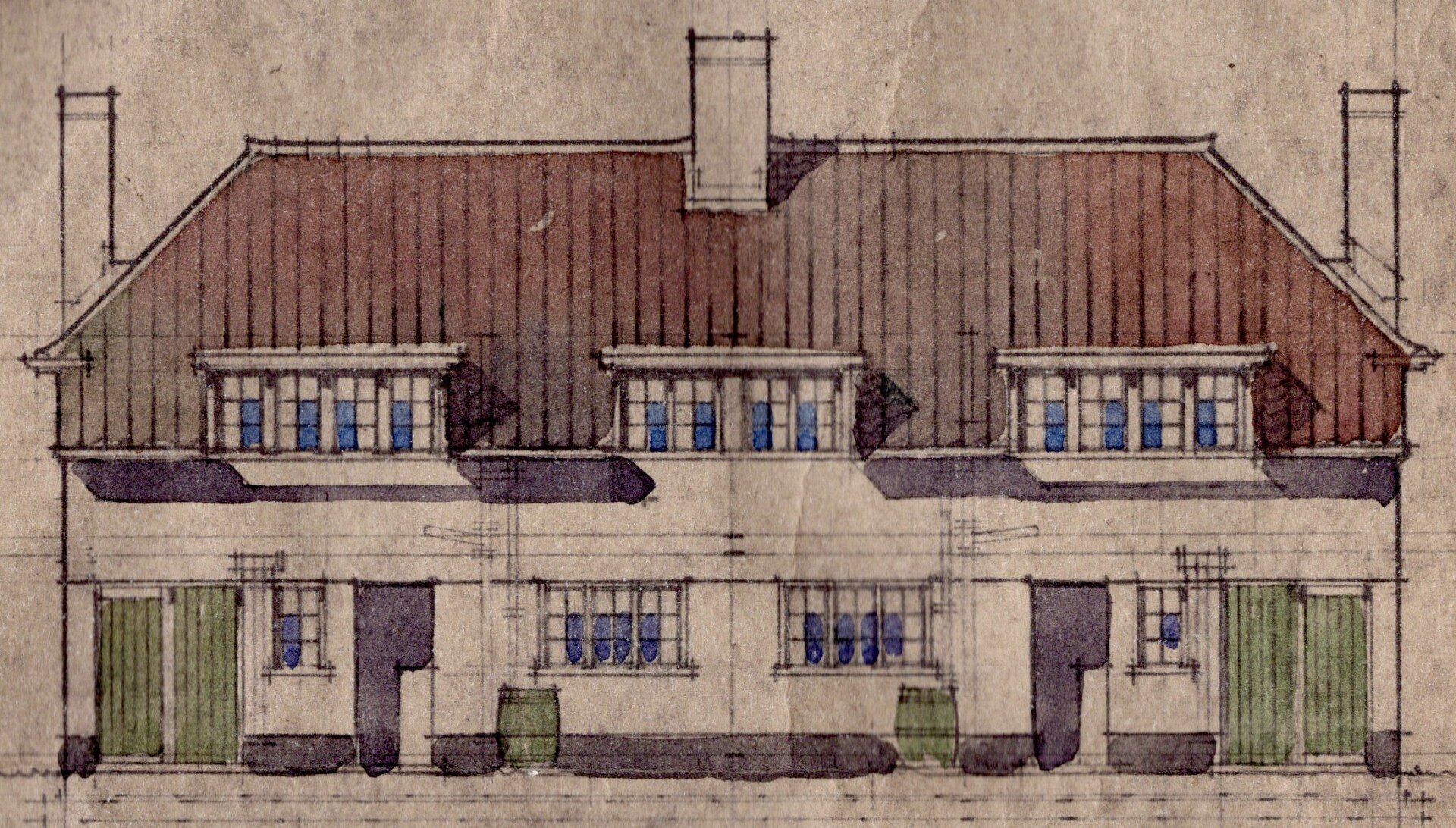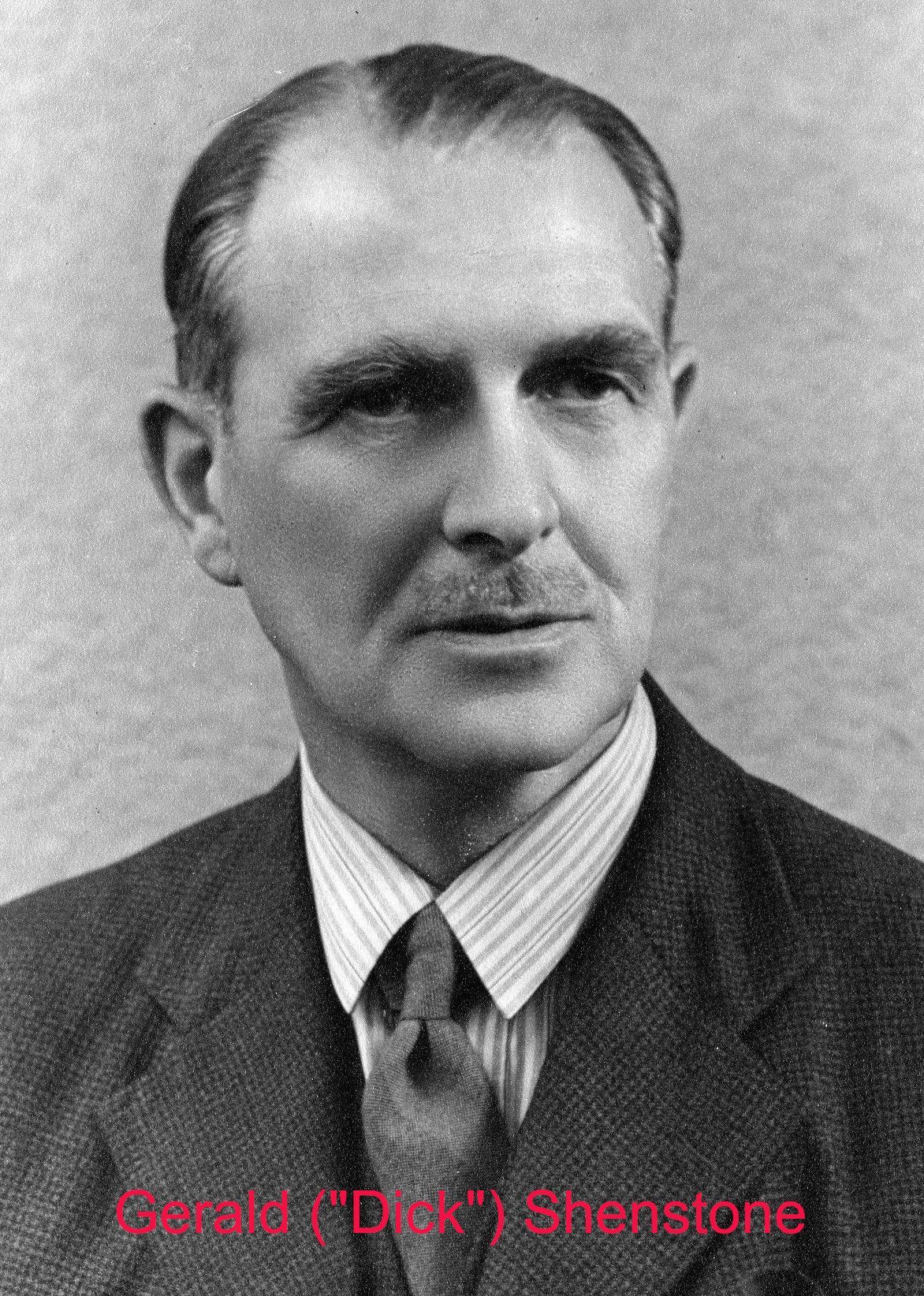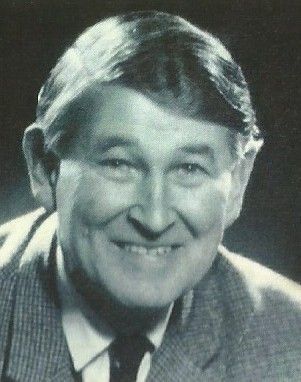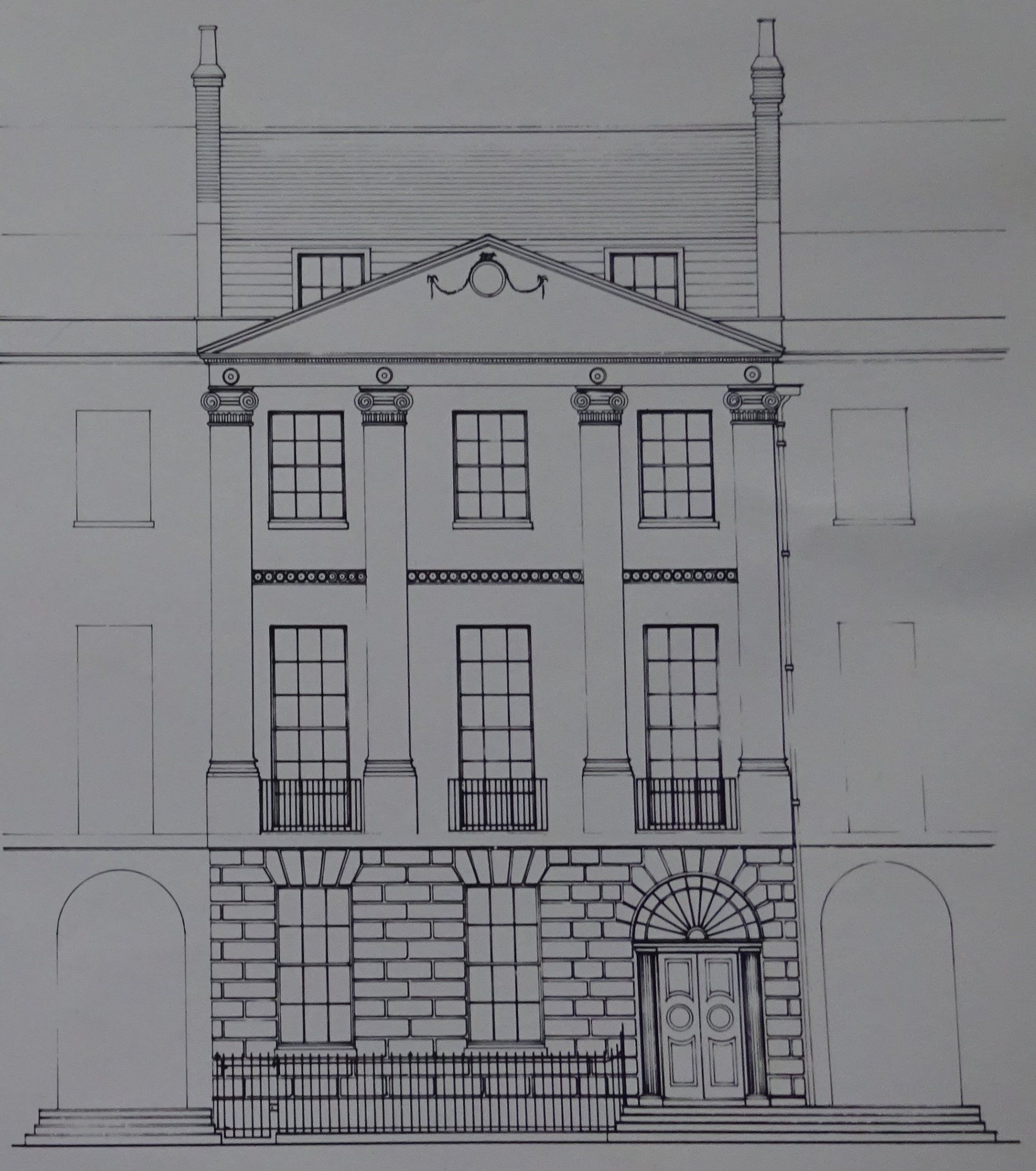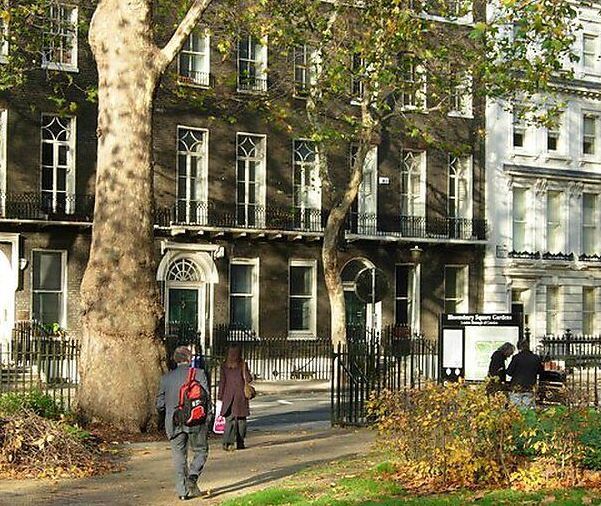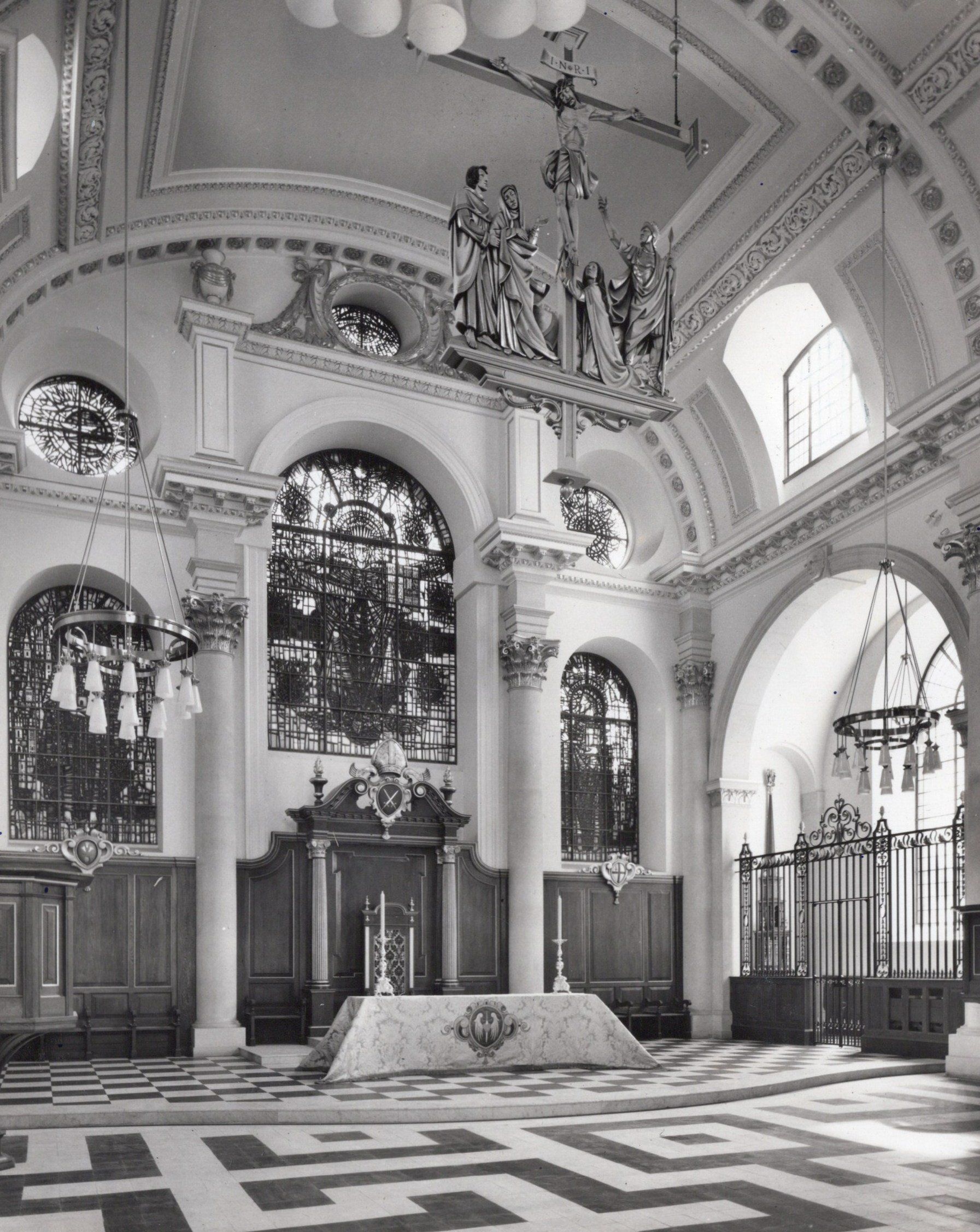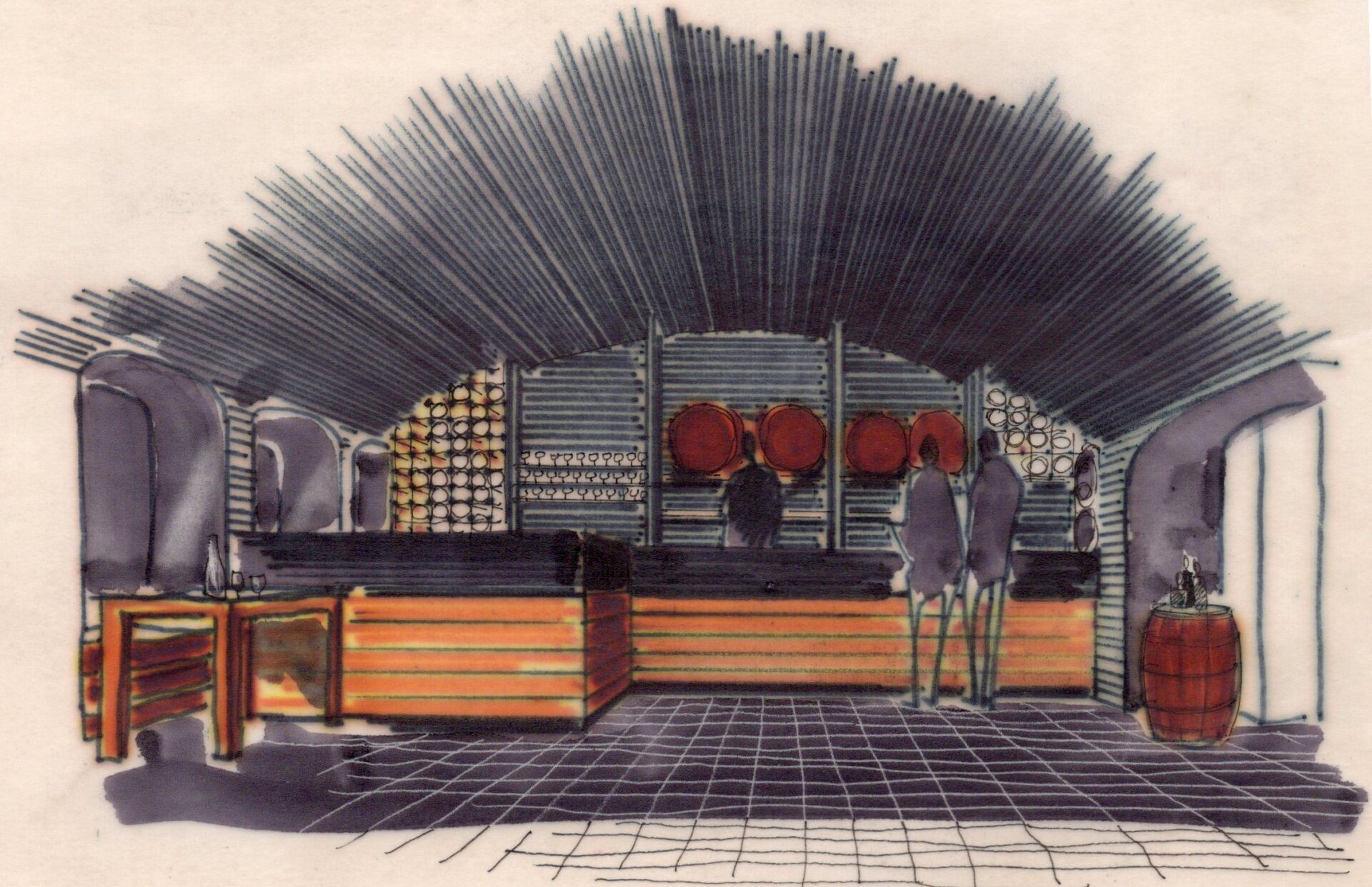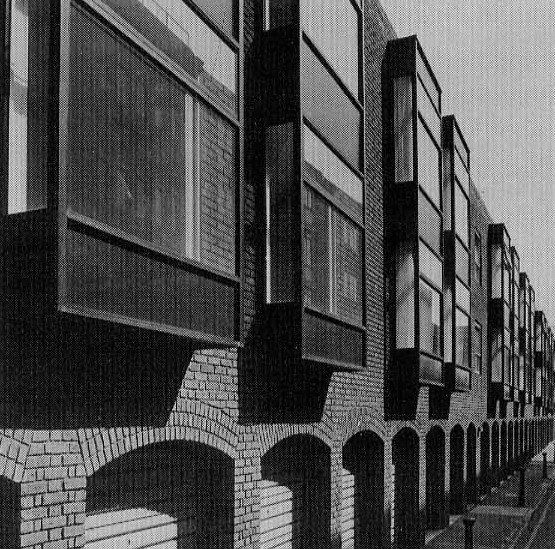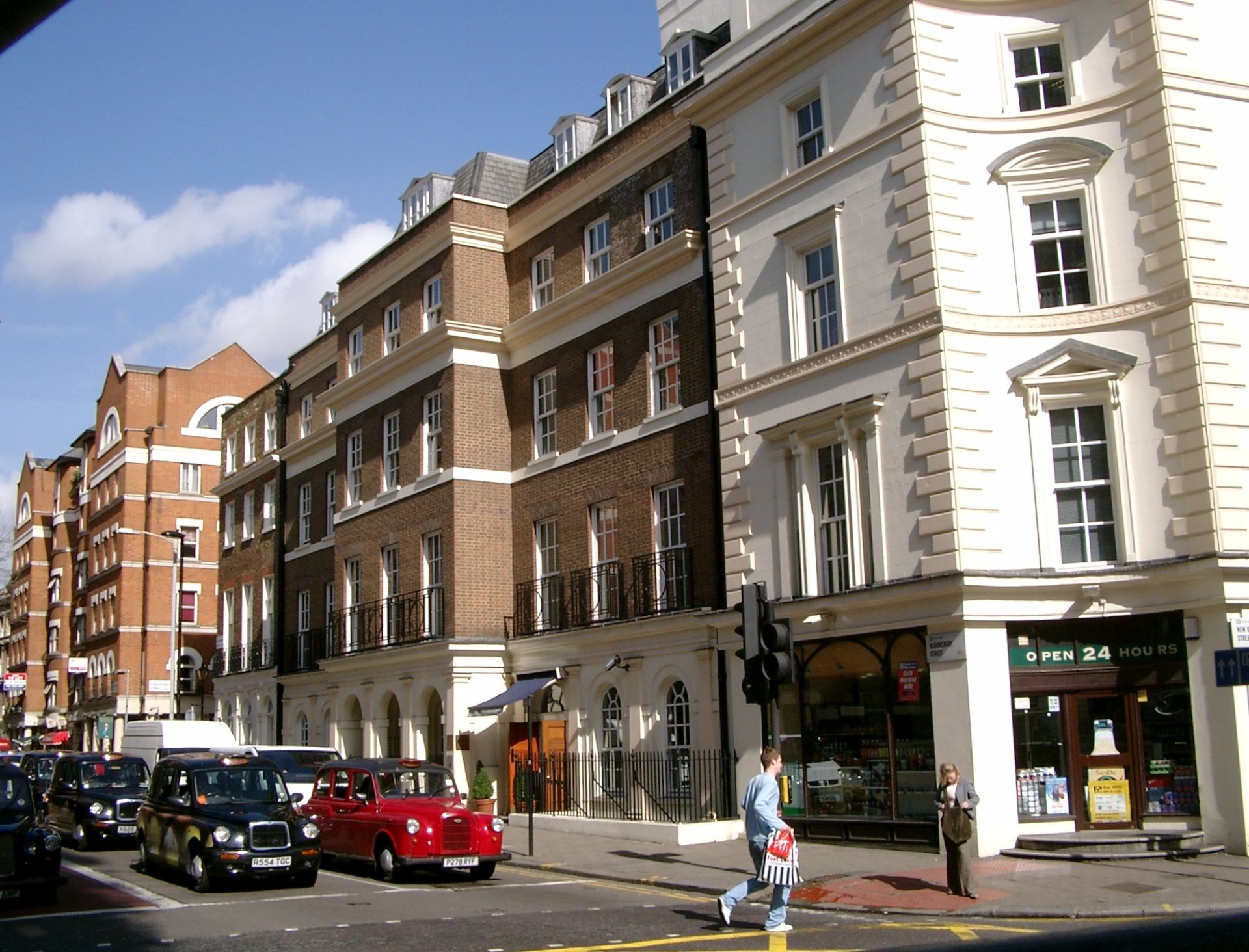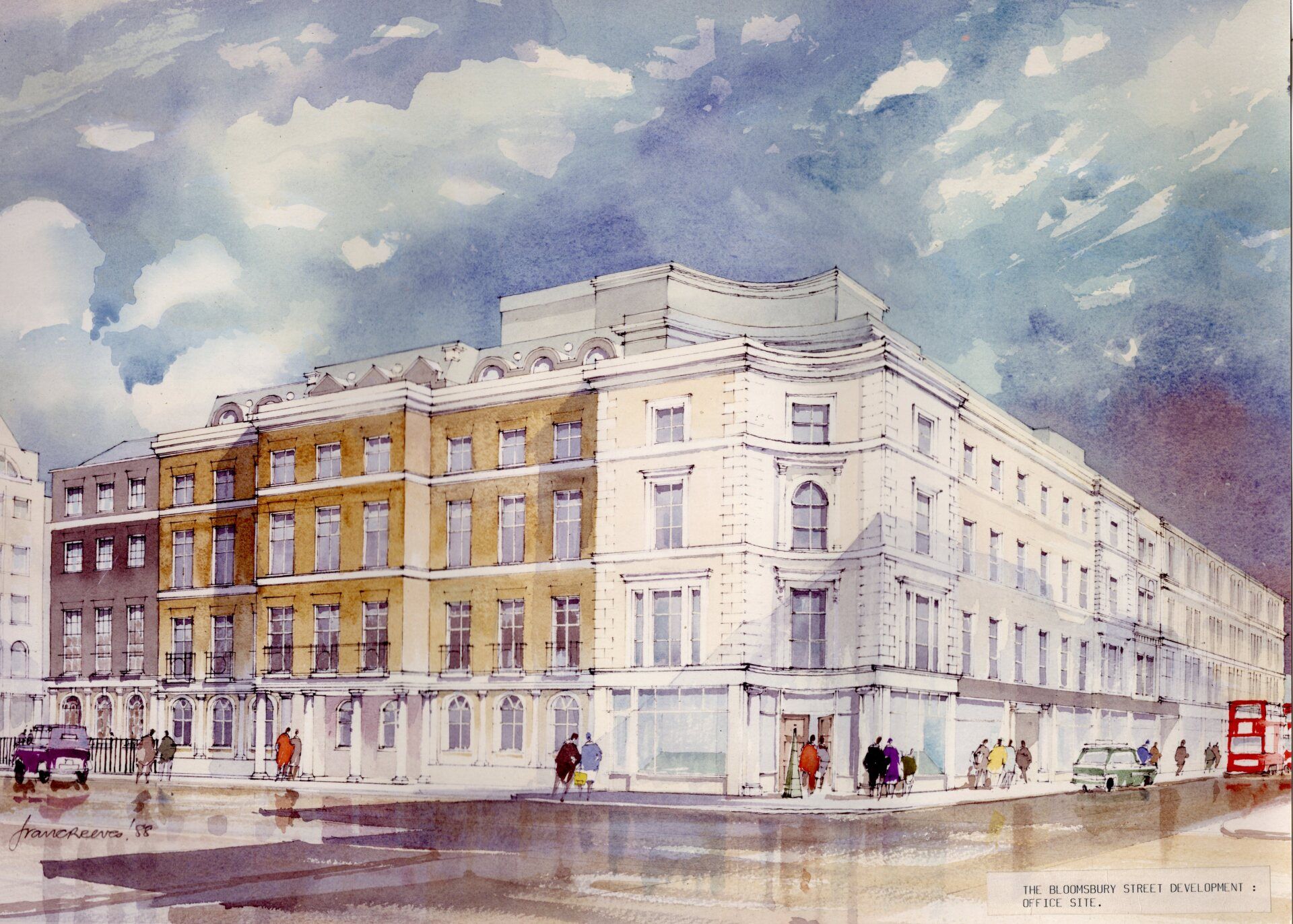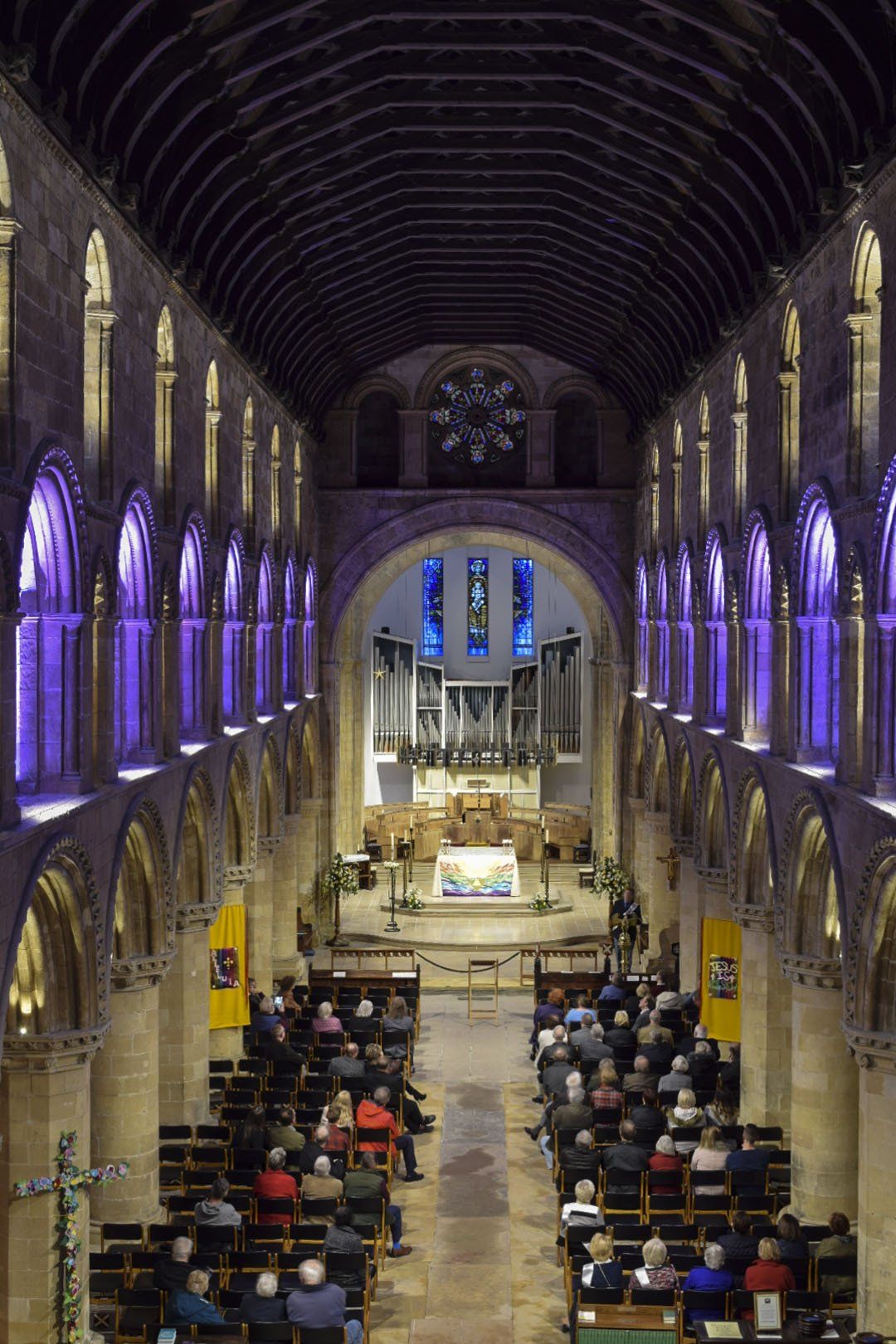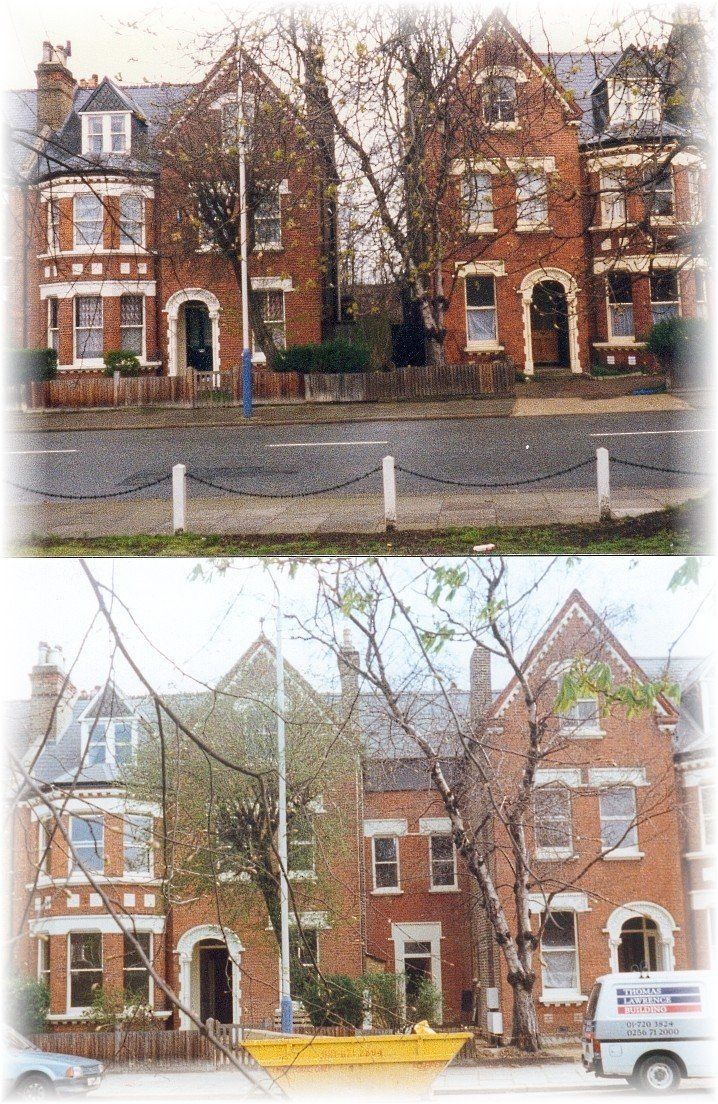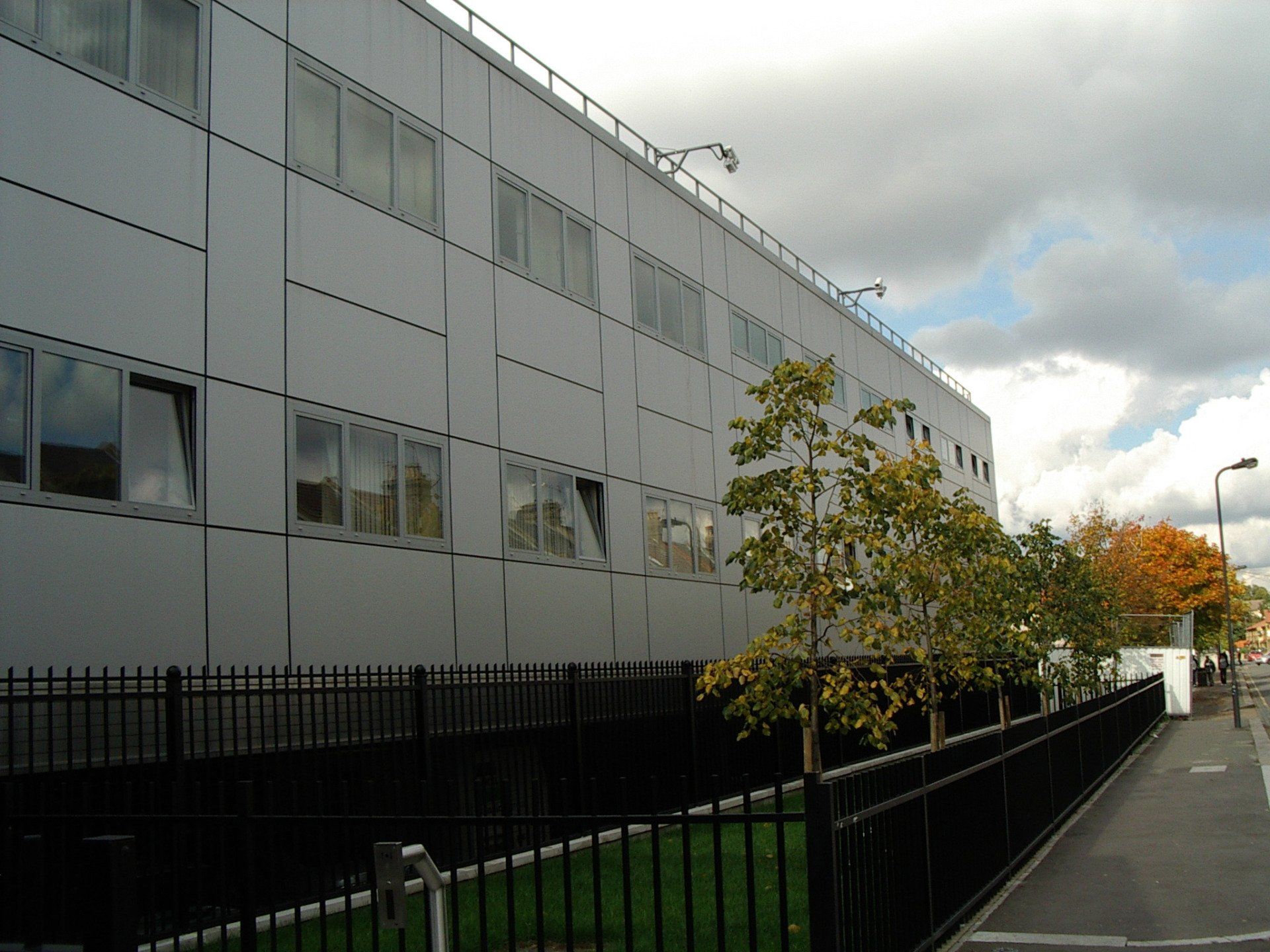The building surveying section began to flourish and other diverse organisations such as The London Fire & Civil Defence Authority (London Fire Brigade), British Telecom, Alleyn’s College of God’s Gift, British Rail, and Dulwich College became regular clients.
In 1996 following two major recessions, which necessitated the ‘streamlining’ and restructuring of several clients the decision was made to move to London’s Docklands at St.Paul’s Institute, a Grade II listed building opposite St.Paul’s Church, Shadwell and within the churchyard, sandwiched between the Highway and the former dock of Shadwell Basin.
During that time the practice saw the building and design industries change more rapidly in such a short space of time, more than it had before as so many of Shenstone’s contemporaries can testify. A whirlwind of technology driven by the internet and ever-evolving software and hardware innovations not only led, almost forced, modernisation on the practice and also changed the practice’s portfolio too. Gary Moore Grad. Dip BS, MRICS was added as partner in 1996 joining Messrs. Franks, Daniel and Poteliakhoff.
Early purchasers of, and supporters of Computer Aided Design (CAD) software Shenstone’s were able to expand their portfolio to companies and organisations that demanded newer ways of working such as London Transport (right through its various guises up to Transport for London (TfL)), the various franchised bus companies, Network Rail and subsequent rail franchises, The London Fire Brigade, and several major construction companies such as Bovis, Birse, Mace, MacAlpine, and Bryen & Langley.

